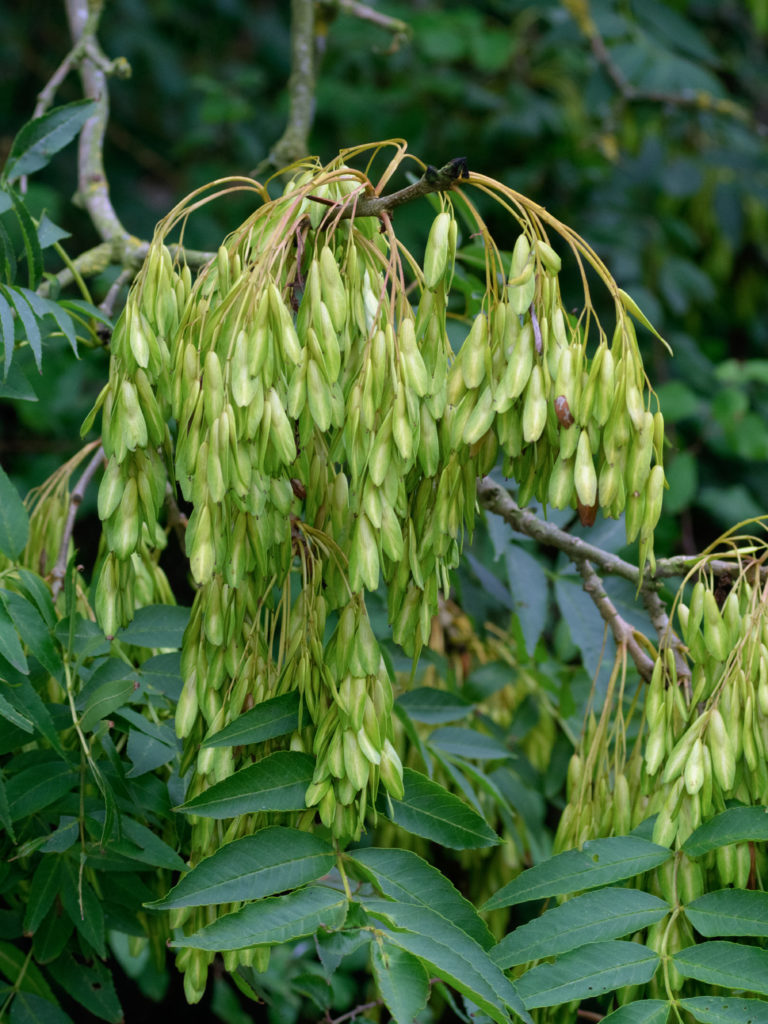Helicopter seeds They are a type of seed that spins as it falls from a tree. The spinning motion and the fact that they are light and can catch the wind allows them to travel farther from the parent tree than if they simply fell to the ground.
This is a method of seed dispersal used by plants and trees to reduce the amount of competition around the parent plant for light, water and nutrients.
This activity uses simple elements paper spinners to demonstrate how seeds are dropped from a helicopter tree.
Which trees have helicopter seeds?
Ash trees – These helicopter seeds have one wing and hang in clusters from the tree.

Norway Maple
Sycamore – symmetrical V-shaped wings
Make your own seed helicopter
You will recognize them as Simple paper spinnerThey are from an earlier scientific activity, but they work very well to demonstrate this type of seed dispersal.
You will need to
Paper
Paper clip or hair clip
Scissors
How to make a helicopter spinner
Cut out a rectangle of paper like the one shown in the image below using scissors. Any size works well.
Cut along the dotted lines and clip the two ends together.
Hold the spinner as high as you can and let it fall.
Watch the helicopter spin toward the ground like a seed.
Research Ideas
Try dropping helicopters of different sizes from the same point and measure the distance they travel from the drop point.
Drop the helicopters in and out. Design an investigation to find out if the wind influences the distance they travel.
Add extra weight to the helicopter and try the investigation again.
Do smaller helicopters turn faster than larger helicopters?
Print the experiment instructions
Research Sheet
Another idea to learn about a different type of seed dispersal is to make a sticky seed pod!
If you need a little help identifying different trees, try this Tree Identification Application from the Woodland Trust.
I have many more Science experiments for fall You may like it and something Fall STEM Challenges also!
Last updated on September 27, 2023 by Emma Vanstone